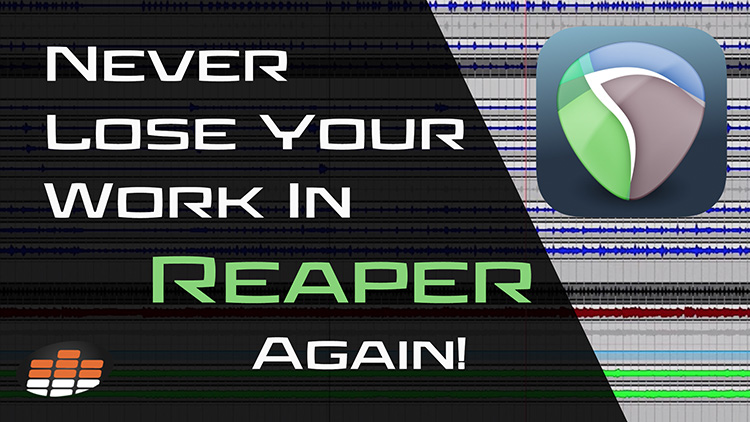Adam Steel runs the Hop Pole Recording Studio in Greater Manchester, England. He and his team are dedicated to combining modern production with classic principles in order for artists to create their own ‘modern classic’ recordings with efficiency and ease. Hop Pole’s style means artists can create in the most relaxed and efficient way possible, making their experience everything they want it to be.
Adam also runs the ever-growing Hop Pole YouTube channel where he offers gear reviews, mixing/mastering tutorials, Mac vs PC and tech talk, and of course — Reaper tutorials!
In this clip from his Ultimate Reaper Course — a 9-hour, ultra-comprehensive look inside Reaper — Adam talks about how to backup your work so it won’t be lost.
Having your computer crash right in the middle of recording or mixing and opening your session to find it empty is one of the worst feelings ever! Especially if it was work you were doing for a client — ouch!
Luckily, Reaper offers multiple ways to back up data to reduce the risk of losing it altogether.
One of these is by setting up a secondary recording path so that recorded files are saved to two places at once. This greatly reduces the chance of losing precious takes from a hard drive failure.
Like all DAWs, Reaper also offers customizable preferences for saving backups of your whole project. You can choose to set up automatic saves every x-number of minutes. Plus, you can decide where you want to want the backups saved as well. In the project directory is a logical place, but you can choose a secondary backup location just as with recorded audio!
Watch Adam Steel go over his tried and true backup preferences — you’ll never lose a project again!





